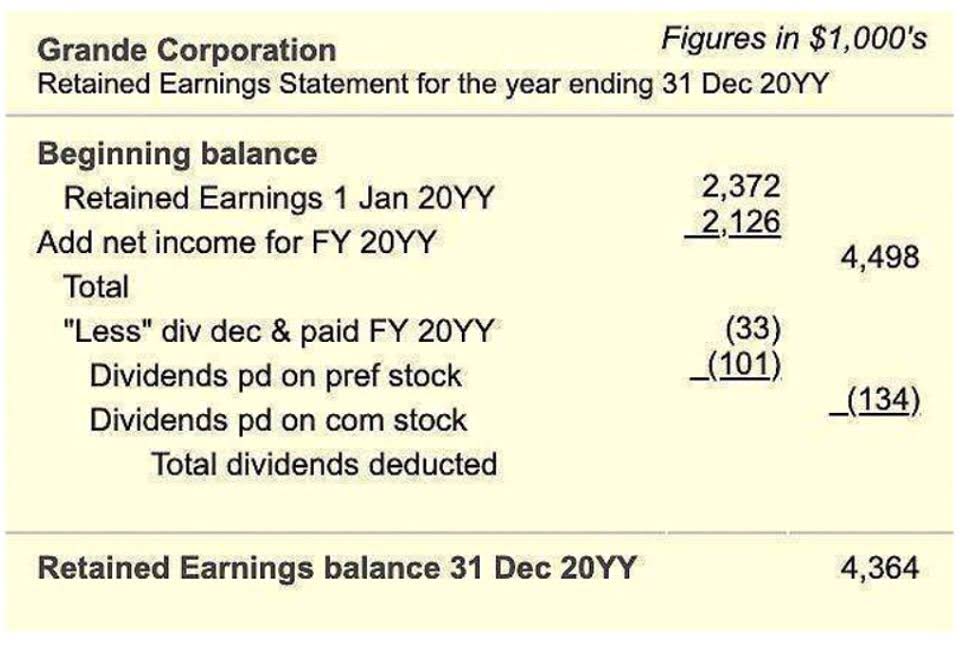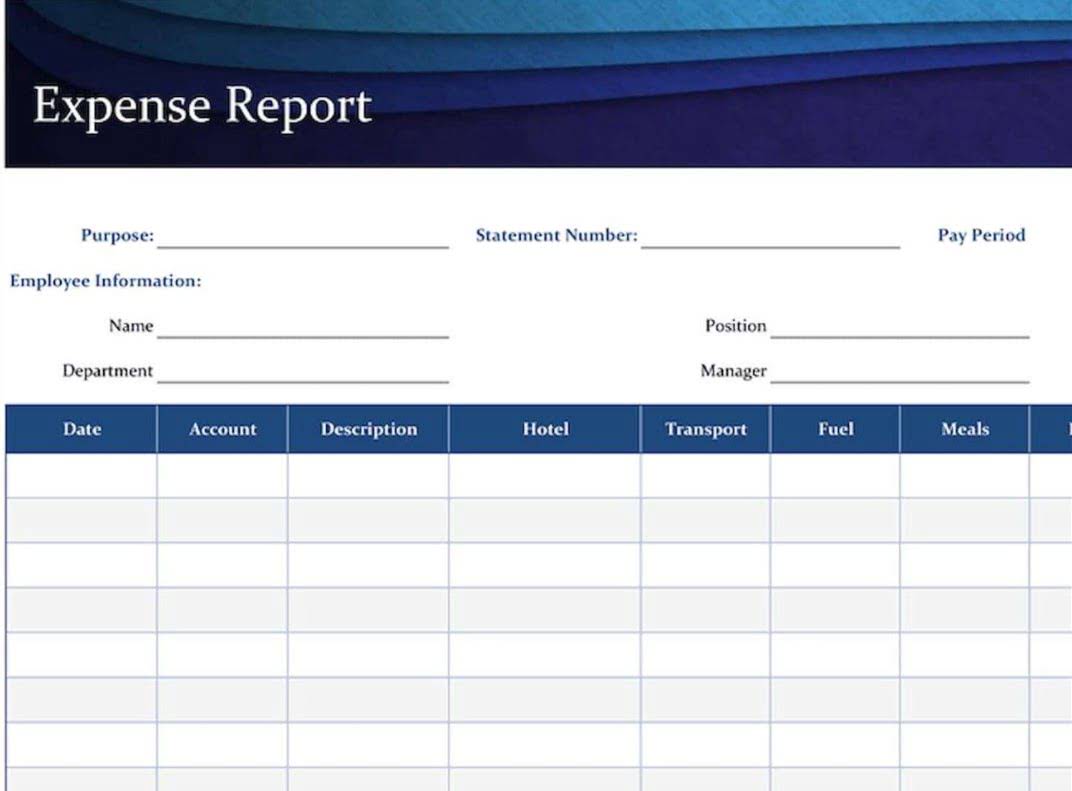The Accounting Cycle: 8 Steps You Need To Know
20 octubre, 2021

At the end of an accounting period, Closing entries are made to transfer data in the temporary accounts to the permanent balance sheet or income statement accounts. Accurately recording the business’s financial transactions in both journal entries and the general ledger is crucial for maintaining precise financial records and adhering to accounting principles. Every accounting cycle begins with identifying the business transactions that have occurred during the period. A financial transaction is any activity that affects the QuickBooks ProAdvisor company’s financial position and can be measured in monetary terms.
- Supporting documents like invoices and receipts provide evidence for these events.
- A business’s accounting period depends on several factors, including its specific reporting requirements and deadlines.
- Some accountants prefer to make a reversing entry at the start of the following accounting period in order to reverse specific adjusting entries.
- This gives the bookkeeper the ability to monitor balances and positions by account.
- This step summarizes all the entries recorded by the business during a particular period, which is generally the financial year of the entity.
- A proper understanding of the accounting cycle provides you with a knowledge of the core activities of an accounting department.
Understanding the Accounting Cycle: Definition, Steps, and Examples
Add accrued items, record estimates, and correct errors in the preliminary trial balance with adjusting entries. The accounting cycle is the actions taken to identify and record an entity’s transactions. These transactions are then aggregated at the end of each reporting period into financial statements. A proper understanding of the accounting cycle provides you with a knowledge of the core activities of an accounting department.
Create and produce financial statements.
- When you create and adhere to a consistent accounting cycle, you’ll have organized, easy-to-read financial data that external parties, such as investors, can interpret quickly.
- Here are some tips to help streamline the bookkeeping process and save you time.
- By maintaining an up-to-date general ledger, companies can prepare accurate trial balances, adjust entries as needed, and generate financial statements.
- The accounting cycle is critical because it helps to ensure accurate bookkeeping.
- After all transactions are logged in the general ledger, the next step is to make sure the entries balance out, meaning total debits equal total credits.
One of the key benefits of the accounting cycle is that it helps ensure compliance with accounting standards and regulations. Accurate financial reporting is crucial for maintaining the integrity of financial records and building trust with stakeholders, including investors, creditors, and customers. Compliance with these standards also helps businesses avoid legal issues and penalties.
What is the simple example of the accounting period concept?
The first step in the accounting cycle involves recording all the money earned and spent, paid and owed, as soon as expenses are incurred or payment is received. For businesses that are continually making accounting cycles financial transactions such as buying inventory, paying bills, and collecting revenue, this step will be ongoing. The eight steps in the standard accounting cycle process help companies record transactions and correct mistakes to prepare accurate financial statements at the end of an accounting period. With modern technology, many aspects of full-cycle accounting are automated to ease as much of the administrative burden as possible. After the adjusted trial balance is created, the temporary accounts are closed to the permanent accounts with a series of closing journal entries. All of the income and expense accounts are typically closed to a general income summary account, which is later closed to the retained earnings or capital account.
Finally, you need to post closing entries that transfer balances from your temporary accounts to your permanent accounts. A business’s financial activities need to be accurately recorded and reported not only for internal use but also to meet legal and regulatory requirements. The accounting cycle, an eight-step guide on the various bookkeeping phases, helps make that daunting task more manageable.

Depreciation should automatically be generated as a journal entry when you correctly set up the fixed asset in the accounting software or ERP system. Most financial players confuse the accounting cycle and budget cycle as both deal with recording transactions. However, these cycles differ with respect to when and for what these transaction details are to be recorded. After creating the respective statements, the accountants analyze the same to figure out some trends indicated through the recorded accounting activities. Closing entries are posted and temporary income and expenditure accounts are closed and their balances transferred to an income and expenditure summary account. The journals are also known as the books of original entry as they are the first time the transactions are recorded and entered into the accounting system.

Step 1. Identify your transactions

The journal entries will then need to transfer into the specific ledger accounts based on the nature of transactions. The accounting cycle serves as the backbone of financial management, providing a systematic approach to track, analyze, and communicate a company’s financial health and performance. online bookkeeping Essentially, the accounting cycle represents a carefully orchestrated series of steps that converts raw financial data into meaningful and comprehensible reports.